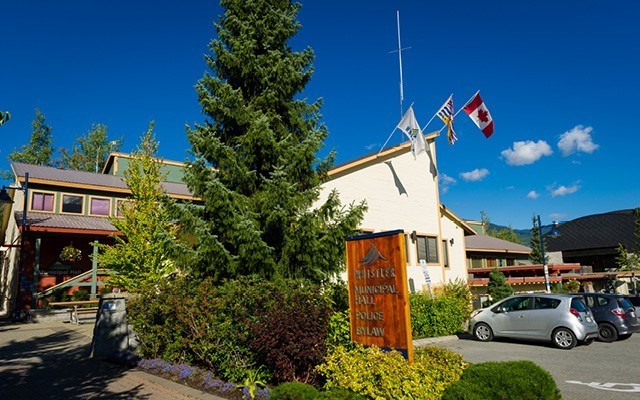In the end, a family's plan to own their own free-market home, and provide an employee-restricted dwelling on the same land, was dashed by the need to vary their lot's frontage by less than seven metres.
That seems like a very small ask considering the change would have created not only a new home, but also a resident-restricted dwelling.
Of course, as always, there is more, much more, to this than meets the eye. But there is no escaping the fact that there is an infill housing bylaw in place in the resort — though it has been controversial from the start.
It was developed over a decade of open houses and more. Started by community members who wanted to help create diversity in neighbourhoods and provide housing to the workers of Whistler it was adopted by local government in 2011 after eight years of discussion.
The infill housing bylaw (No.464) has been used so little the community can be forgiven for forgetting the tremendous amount of work that went into its formation by staff, the Whistler Housing Authority (WHA), members of the community and councils of the day. Many studies were done and several public open houses were held.
At its heart the bylaw wanted to keep the workers of Whistler residing in neighbourhoods, and perhaps, offer a solution to those who wanted to stay in the community they cherished and age in place.
But the way the bylaw was treated by council at a recent hearing when the Forster family applied for a variance on a large Alpine Meadows lot, which would allow them to divide it, take the current cabin and turn it into a WHA home and build a new home for their family, made it look like it was a neighbourhood wrecker.
Some local residents cried foul saying the density proposed was over the top — this may have been driven by the division of a nearby property into two lots. Each of these new lots will have a home with a one-bedroom suite built. One of these lots belonged to the Forsters, who had financed this plan by selling their resident-restricted home in Cheakamus to break into the free-market real estate market as part of their long-term financial plan to stay in the community.
Though the letters from the public to council on the variance were almost equal for and against, councillors threw out the request — a request that was supported by staff at muni hall. Two of the voting councillors are on the WHA board, Jack Crompton and Jen Ford and so must be acutely aware of the need for housing in Whistler, especially family options.
Certainly Ms. Ford is as she ran on the platform in the last municipal election.
In case the numbers have slipped the minds of councillors there are 85 families on the waitlist for single-family homes. There are 105 single-family homes in the WHA inventory and in the last 14 years there have only been 16 re-sales.
The need for housing solutions is clear and infill housing surely is low-hanging fruit. And let's not forget using infill to help satisfy WHA needs comes at no cost to the taxpayer — it is fully funded by the landowner.
Council believes the way to deal with the need for resident-restricted family housing is to use the land bank at the Cheakamus to build family homes.
Great idea. Let's get that going, but that is a longer-term solution.
And what of the idea of diversity in neighbourhoods?
There are almost no "affordable" homes in Whistler now (as of October 2015, the average reported sales value of an unrestricted detached home in Whistler was $1.7 million), so are we segregating Whistler by building all the resident-restricted homes in Cheakamus?
Indeed having diversified areas is a stated goal of the WHA.
How did we get to where we are? In January 2003 the Non-Cost Housing concept was identified in the community and council appointed a task force. In March of that year Zoning Amendment Bylaw 1621 was adopted.
Then in January of 2005 the task force reconvened to explore expanded housing opportunities. From April to June of 2005 policy direction and recommendations for infill were established. In September 2005 council supported the direction and the task force's recommendations.
In January 2006 community forums were held and draft Official Community Plan zoning amendment bylaws were drawn up. They were considered at an April 2006 open house. In April 2008 there was another open house. The process continued until August 2009 when it was suspended by council at second reading, so staff could reach out to the public.
A public hearing was held July 6, 2010. On July 20, 2010 the infill bylaw for the Alpine South pilot project was defeated in a council vote. But it was brought back for a second vote in August 2010 and this time passed third reading. The bylaw was adopted in May 2011 after the province signed off. In July 2011 council voted to allow the first infill housing to go ahead in Alpine and to date that has been the only one to happen.
In April of 2011 the WHA wrote to council supporting the infill bylaw stating: "Let's move the infill housing strategy forward and continue to build upon the successful evolution of Whistler's resident housing program and inventory of affordable housing."
Exactly.




